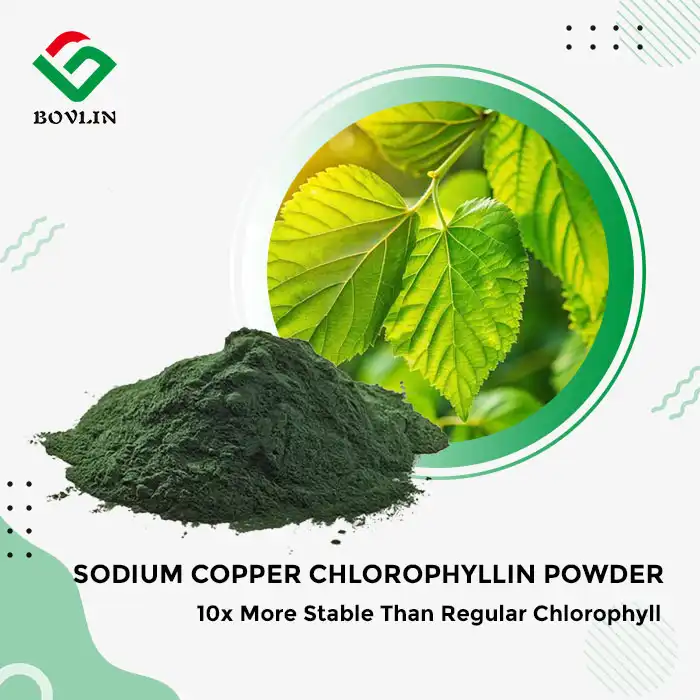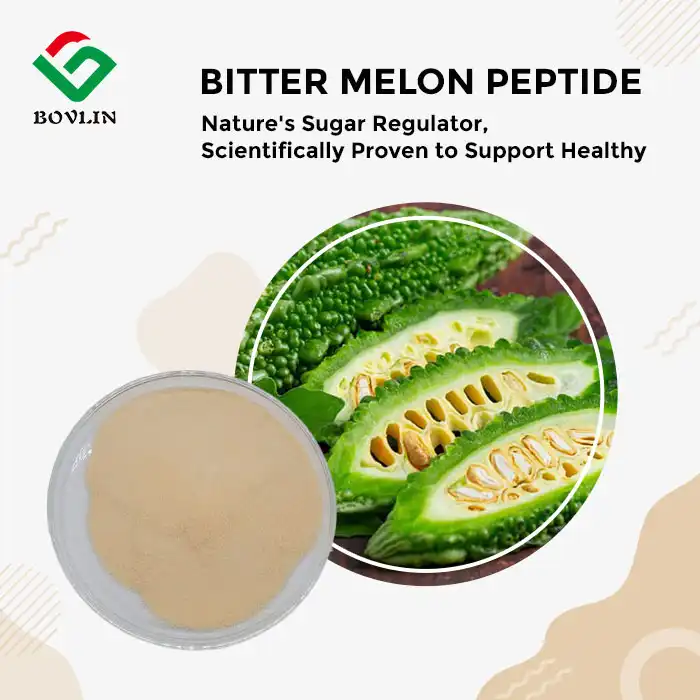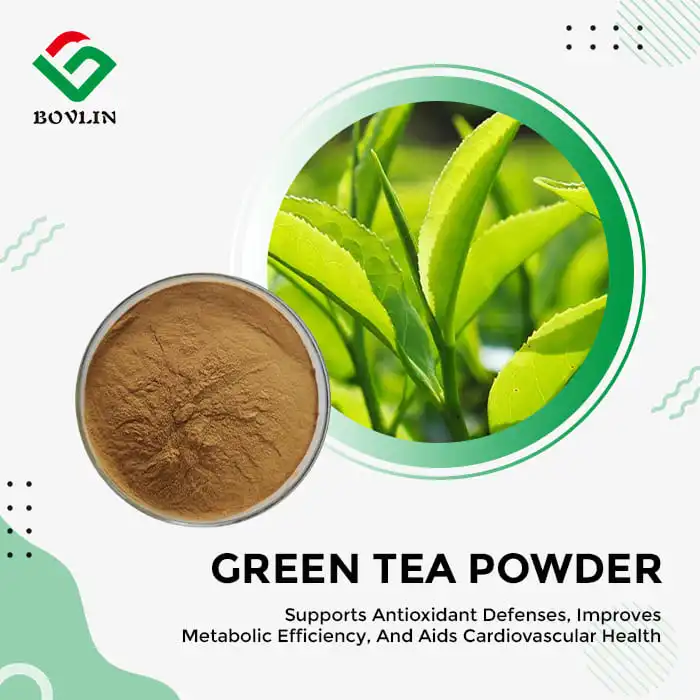What Does Research Reveal About Quercetin's Antioxidant Role?
Cellular Protection Mechanisms
Scientific investigations have uncovered quercetin's multifaceted approach to cellular protection. The compound's unique chemical structure, characterized by multiple hydroxyl groups, enables it to donate electrons to unstable free radicals, effectively neutralizing their harmful potential. This electron-donating capacity is at the heart of quercetin's antioxidant function, allowing it to interrupt the chain reactions that lead to oxidative damage in cells.
Moreover, quercetin has been observed to upregulate the production of endogenous antioxidant enzymes such as superoxide dismutase and glutathione peroxidase. These enzymes form a crucial part of the body's natural defense system against oxidative stress. By enhancing their production, quercetin powder not only directly scavenges free radicals but also bolsters the cell's inherent protective mechanisms, creating a dual-action antioxidant effect.
Synergistic Effects with Other Antioxidants
Research has also highlighted quercetin's ability to work synergistically with other antioxidants, particularly vitamin C. Studies have shown that quercetin can regenerate oxidized vitamin C, effectively recycling this important antioxidant and extending its protective effects. This synergy suggests that incorporating quercetin powder into formulations alongside other antioxidants could potentially enhance the overall antioxidant capacity of the product.
Furthermore, quercetin has been found to chelate metal ions, which are often catalysts for the production of free radicals. By binding to these ions, quercetin prevents them from participating in reactions that generate harmful oxidative species, thus providing an additional layer of protection against oxidative stress.
Bioavailability and Absorption Studies
A critical aspect of quercetin's efficacy as an antioxidant lies in its bioavailability. Recent studies have focused on enhancing the absorption of quercetin powder to maximize its beneficial effects. Researchers have explored various formulation techniques, such as nanoencapsulation and the use of phospholipid complexes, to improve quercetin's solubility and absorption in the gastrointestinal tract.
These advanced delivery systems have shown promising results, with some studies reporting significantly increased bioavailability compared to standard quercetin formulations. This improved absorption translates to higher plasma concentrations of quercetin, potentially leading to more pronounced antioxidant effects at the cellular level. For manufacturers considering quercetin powder bulk for their products, these findings underscore the importance of choosing the right formulation to ensure optimal efficacy.
Molecular Mechanisms of Oxidative Stress Reduction
Free Radical Scavenging Activity
At the molecular level, quercetin's antioxidant prowess is largely attributed to its exceptional free radical scavenging activity. The compound's structure, featuring a fused ring system and multiple hydroxyl groups, allows it to readily donate electrons or hydrogen atoms to highly reactive free radicals. This electron donation stabilizes the free radicals, preventing them from causing further damage to cellular components such as lipids, proteins, and DNA.
Advanced spectroscopic studies have revealed that quercetin can neutralize a wide array of free radicals, including superoxide anions, hydroxyl radicals, and peroxynitrite. This broad-spectrum activity makes quercetin powder a versatile antioxidant, capable of addressing various types of oxidative stress that may occur in different cellular environments or product formulations.
Modulation of Antioxidant Pathways
Beyond direct free radical scavenging, pure quercetin powder exerts its antioxidant effects by modulating key cellular pathways involved in the oxidative stress response. One of the most significant mechanisms is the activation of the Nrf2 (Nuclear factor erythroid 2-related factor 2) pathway. Nrf2 is a transcription factor that regulates the expression of numerous antioxidant and detoxifying enzymes.
Research has shown that pure quercetin powder can promote the translocation of Nrf2 to the nucleus, where it binds to antioxidant response elements (ARE) in the DNA. This binding triggers the increased production of enzymes such as heme oxygenase-1, NAD(P)H quinone oxidoreductase 1, and γ-glutamylcysteine synthetase. By upregulating these protective enzymes, pure quercetin powder enhances the cell's overall antioxidant capacity, providing a sustained defense against oxidative stress.
Mitochondrial Protection
Mitochondria, the powerhouses of cells, are particularly vulnerable to oxidative damage due to their high metabolic activity. Quercetin has demonstrated a remarkable ability to protect mitochondria from oxidative stress, thereby preserving cellular energy production and preventing the initiation of apoptotic pathways.
Studies utilizing pure quercetin powder have shown that it can accumulate in mitochondria, where it scavenges mitochondrial reactive oxygen species (mtROS) and maintains the integrity of the mitochondrial membrane potential. This protection is crucial for maintaining cellular health and function, as mitochondrial dysfunction is implicated in various degenerative processes and cellular aging.

Clinical Studies Validating Antioxidant Effects
In Vitro Oxidative Stress Models
Numerous in vitro studies have provided compelling evidence for quercetin's antioxidant efficacy. Using cell culture models subjected to various oxidative stressors, researchers have consistently demonstrated the protective effects of quercetin powder. For instance, studies on human endothelial cells exposed to hydrogen peroxide have shown that pretreatment with quercetin significantly reduces intracellular reactive oxygen species (ROS) levels and prevents lipid peroxidation.
Moreover, investigations using neuronal cell lines have revealed quercetin's potential neuroprotective properties. When exposed to neurotoxic compounds that induce oxidative stress, cells treated with quercetin exhibited higher viability rates and reduced markers of oxidative damage compared to untreated controls. These findings suggest potential applications for quercetin powder in formulations aimed at supporting neurological health.
Animal Studies on Oxidative Stress-Related Conditions
Animal models have provided valuable insights into the systemic antioxidant effects of quercetin. Studies on rodents subjected to various oxidative stress-inducing conditions, such as high-fat diets or exposure to environmental toxins, have shown promising results. Administration of quercetin powder bulk has been associated with reduced levels of oxidative stress markers in blood and tissues, including malondialdehyde (MDA) and protein carbonyls.
Particularly noteworthy are studies focusing on quercetin's effects on cardiovascular health. In animal models of atherosclerosis, quercetin supplementation has been shown to reduce oxidative modifications of LDL cholesterol and improve endothelial function, both of which are critical factors in cardiovascular health. These findings underscore the potential for quercetin-based formulations in products targeting cardiovascular support.
Human Clinical Trials
While human clinical trials on quercetin's antioxidant effects are less numerous than in vitro and animal studies, the available data is promising. A randomized, double-blind, placebo-controlled study involving overweight subjects found that daily supplementation with quercetin for 12 weeks led to significant reductions in oxidized LDL cholesterol levels and improved antioxidant capacity in blood plasma.
Another clinical trial focusing on athletes undergoing intense physical training demonstrated that quercetin supplementation could mitigate exercise-induced oxidative stress. Participants receiving quercetin showed lower levels of oxidative stress markers and reported reduced muscle damage compared to the placebo group. These findings suggest potential applications for quercetin powder in sports nutrition formulations aimed at supporting recovery and performance.
Conclusion
The scientific evidence supporting quercetin powder's antioxidant benefits is substantial and multifaceted. From its molecular mechanisms of free radical scavenging to its ability to modulate cellular antioxidant pathways, quercetin demonstrates remarkable versatility as an antioxidant compound. The synergistic effects with other antioxidants and its potential to protect mitochondria further enhance its value in various applications. As research continues to unveil new aspects of quercetin's antioxidant properties, manufacturers and enterprises have a robust scientific foundation upon which to develop innovative, health-promoting products utilizing this powerful flavonoid.

Contact Us
Are you interested in harnessing the antioxidant power of quercetin powder for your products? Discover how our high-quality quercetin powder bulk can elevate your formulations. Contact us at sales1@bovlin.com to learn more about our pure quercetin powder and how it can benefit your business.











